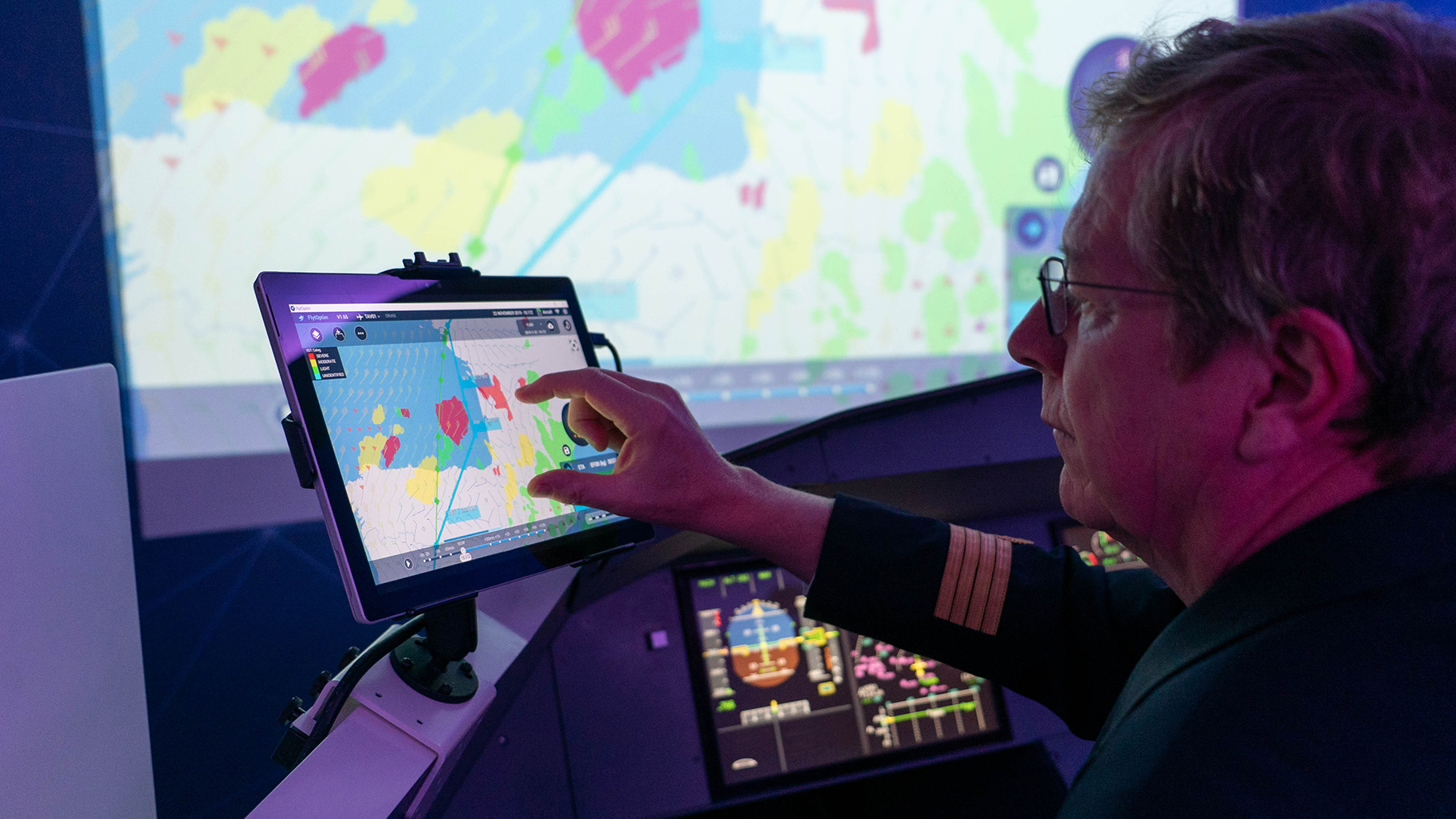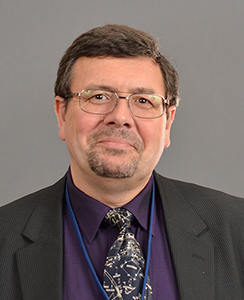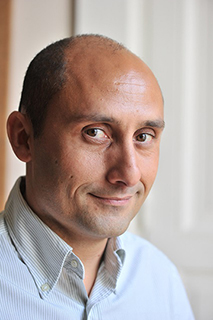
What role can virtual reality play in radar maintenance? How can attacks be detected in the networks of mobile autonomous systems? How can links be established between humans and machines? These are the sorts of problems that the Albatros SIG, which connects Thales with Bordeaux INP, the University of Bordeaux, the CNRS, Inria, the University of Poitiers and the University of Limoges, has been tackling for ten years.
"At the start, everyone was speaking their own language”, recalls Marc Gatti, science and academic relations director at Thales and co-director of the SIG. “Those from the world of industry were focused on patents, while the academics wanted to write scientific papers.” Today, however, the Albatros SIG is prospering thanks to a closely-knit ecosystem that has given birth to multiple projects, both French and European, in addition to placements, CIFRE PhDs, papers and patents. “We have learned to trust each other and to share our expertise. We have also been able to coordinate the rhythm of our research, which normally takes several years, with short-term industrial problems lasting 12-18 months”.
The industrial group quickly understood that, in order to stave off the fierce competition in its sector, it had to capitalise on long-term partnerships and outline its needs in a transparent way. They targeted five innovative research subjects: human-computer interaction and augmented reality; remotely-controlled and autonomous systems for use in aviation; signal and image processing; electronic architecture; and aircraft maintenance. The technology developed in these areas is then tested on real-life use cases. This is a crucial step in that it helps to avoid operational or compatibility errors when these innovations are integrated into future Thales productions.
Micro-projects, big ambitions
Each year, Thales funds six to eight micro-projects, each lasting one year. “There are two benefits to this. We get to see the latest developments while establishing research groups with a view towards launching larger-scale projects”, explains Eric Grivel, Alabatros’s academic coordinator. “We view these projects as “dummy runs”, allowing us to see whether synergy develops naturally between the partners working on a research problem”, adds Pierrick Legrand, a teacher-researcher within the CQFD project team. The HUMO (Human Monitoring) project, dealing with the monitoring of airline pilots, is just one of many examples of the SIG supporting researchers. A large quantity of data from different sensors was synchronised in order to evaluate the reactions of training pilots to stress and environmental variations. From an academic perspective, in 2018, HUMO gave Bastien Berthelot the opportunity to begin a Thales CIFRE PhD on the development of biosignal extraction algorithms, leading to two patents being filed.
The results from these projects are presented to the SIG each year, giving members the opportunity to identify the human and material resources needed to advance the research subjects that are identified and to help new ones to emerge.

